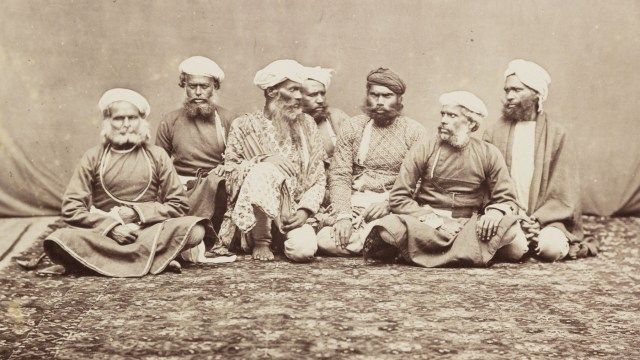When the word serial killer pops, the first name that comes to our head might be the Zodiac killer, who hunted people for fun or “The Night Stalker” A.K.A Richard Ramirez would assault and kill women mercilessly, stealing their money and cars. or Charles Shobaraj “The Bikini Killer.” Who would kill the westerns by luring them with his charm or Jack the Ripper, who committed horrific murders in the 1880s; ripper murdered prostitutes in White chapel, London, and dismantle them even after 150 years the identity of Jack the ripper was never found.
All these stories of notorious serial killers stories will give you sleepless nights wanting to check your doors and windows secured or wanting to step out with caution.
Well, no countries have been left behind with these maniac and psychotic killers, India too. If you think Zodiac or John Wayne Gacy, or Ramirez was terrifying and held a high number of murders, let us tell you about a notorious killer who committed over 900 murders in the 1800s, terrorizing India.
Due to pop culture and famous theories, we might know about many serial killers, but most people do not know about The handkerchief killer of, let’s say, Thug Behram, who is responsible for over 930 murders. Who holds the record of the deadliest and most notorious serial killer of all time.
Thug Behram was the “King of Thugs” he led a group of assassins in Oudh, in northern central India, and were active throughout the 18th and 19th centuries. He is often considered the most dangerous serial killer in the world and is allegedly involved in the killing of 931 people.
He murdered these many people with a rumāl ritual between 1790 to 1840. This was a unique form of pavement utilized as a garrot by his cult.
So far, just 125 assassinations have been confirmed, although it is widely reported that Thug Behram ruthlessly slaughtered up to one thousand victims.
A simple yellow handkerchief took hundreds of lives. He has created a challenge for British ruling India at that time. His wings started to spread afar in time, not only scaring the Indians but also the British.
At the time, James Patton was in charge of inspecting robbers and thugs. He once wrote about Thug Behram, claiming that he (Berham) was engaged in the murder of 931 people and that he (Berham) afterward confessed.
Thugee, his group, and Behram himself used to worship goddess Kali before they used to go hunting for people. They did not attack women, Europeans, musicians, Muslims as a ritual; they would mysteriously find ways to attack and kill traders, pilgrims, and tourists.

They used to befriend their targets and kill them in the night when with a yellow handkerchief that had a coin stuck to it in the middle, Behram performed the deed along with his Thugees.
When things started getting out of control, the news spread to Britain too, and the British sent five investigators whom Behram, along with his gang, killed all of them.
Around 1822 a William Henry Sleeman was put into the investigation, during which Lord William Bentinck was appointed as governor of the country. He armed Sleeman with people and tools to collect information about Behram.
After a lot of inquires and searches in 1832, Syeed Amer Ali, who introduced Behram to the Thugs and made him the leader of the Thugees, gave clear information about Behram fearing his family’s safety. Ultimately in 1838, Behram was arrested. He confessed to killing 150 people among the 931 killings by himself and said they were planning to kill more than 200 people. He narrated the story to the Britishers. Later, his team members were also bought in.
In 1840 Behram and his gang were executed in Jabalpur. Behram was 75 when he was executed. Behram holds the Guinness world record for killing 931 people, and the kerchief with the coin that was used for the killing was preserved in a museum.

Also Read: America’s Infamous Unsolved Serial Killer Case: The Zodiac
Discover more from Thenewsdoor
Subscribe to get the latest posts sent to your email.





